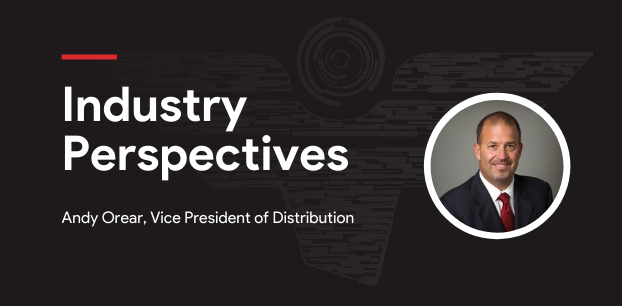
Renewal season is upon us
If you think you will flatten renewals this year, you should reconsider. While it is true COVID-19 held utilization down to levels unseen for almost a decade, stop-loss carriers and fully insured carriers are always planning. Premiums are collected in anticipation of future losses, and while the aggregate policies were all major winners this year, the specific contracts in 2021 are going to need a boost to cover the larger than typical losses expected due to members having care postponed due to COVID-19. Perhaps members have even delayed care themselves regarding known conditions and ailments.
“An ounce of prevention is worth more than a pound of cure,” as the saying goes. Early intervention is critical to improving mortalities and keeping costs down for chronic conditions. Health plans will not fully realize the COVID-19 pandemic’s effects for at least three years. In that time, we should be able to chart the COVID-19 era discovered or known conditions and the costs associated with actual results. Health insurance and stop-loss for health plans always play a historical data game when it comes to predicting the future.
When layoffs occur, typically younger workers (ages 20 to 36) are terminated at a higher rate. This segment of the workforce, although not the most experienced, is generally the healthiest. They keep the spread of risk at a level that keeps the overall cost per covered employee per year down to an affordable number. In other words, adverse selection happens to fully insured carriers and stop-loss carriers when employer groups drop, and especially if the younger members of the population are the ones leaving the pool. This will lead to larger increases to cover the spread of risk amongst those employer groups in markets hit hardest by the pandemic.
Although data from this period is not available in a format that can accurately predict future losses, logic tells us stop-loss and fully insured carriers will need more than anticipated for shock claims in the 2021 contract period and perhaps beyond. Now is the time to discuss this notion with your clients and prepare them for the volatility ahead. Consider the conservative nature of most carriers and stop-loss underwriters alongside the demands of quarterly projections to the street. Although the aggregate factors may see nominal increases, the specific rates will see substantial increases compared to the typical “leveraged trend” explanation and subsequent discussions typically produce.
It’s not all bad news for the COVID-19 era. The good news is there is a way for clients to reduce healthcare costs in 2021. While 2020 saw many employers sitting tight on plan and carrier changes, this will not be the case in 2021. Premium increases will force some outside the box thinking.
ClaimDOC has generated a 30-35% cost reduction in year one with Reference Based Pricing (RBP). With adverse selection and delayed care increasing the frequency and severity of specific claimants, these savings could be even greater in the future. Now is an excellent time to consider a different approach to healthcare.
If one of your clients had challenges with RBP in the past, consider the vendor used and their approach. Choose a partner that will take the time and has the resources to educate your clients and their members on the necessary steps toward a successful transition to a new way of operating. Identify stop-loss carriers who understand the RBP approach to claims management and reflect it in their rates, factors, and renewals. Your clients owe it to their balance sheet and income statement to explore the RBP approach this renewal season. The world is changing every day, and it’s time to adjust the way we approach healthcare spend.